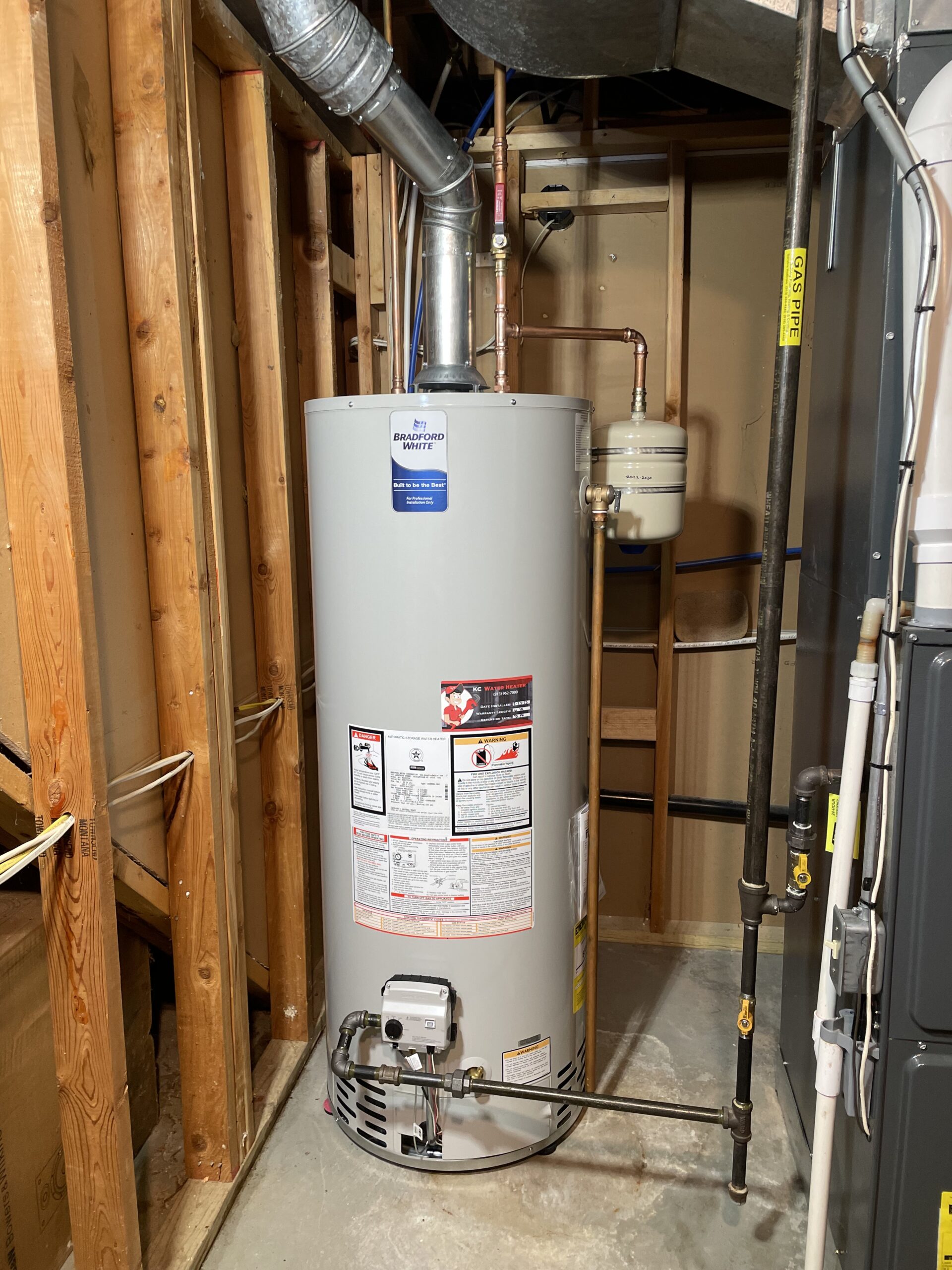Do you find yourself on the lookout for insight on What Kind of Maintenance Do Water Heaters Need??

Warm water is necessary for everyday comfort, whether it's for a revitalizing shower or cleaning dishes. To guarantee your warm water system runs efficiently and lasts much longer, routine maintenance is vital. This post offers functional suggestions and insights on just how to preserve your home's warm water system to prevent disruptions and costly fixings.
Intro
Maintaining your home's warm water system might appear difficult, but with a couple of easy actions, you can ensure it runs smoothly for several years to find. This overview covers everything from recognizing your hot water system to DIY maintenance pointers and understanding when to call expert aid.
Significance of Keeping Your Hot Water System
Routine maintenance not only expands the life expectancy of your warm water system but likewise guarantees it runs effectively. Disregarding maintenance can cause decreased effectiveness, greater energy bills, and also early failure of the system.
Indications Your Warm Water System Needs Maintenance
Knowing when your hot water system requires attention can avoid significant issues. Watch out for indications such as inconsistent water temperature, odd sounds from the heater, or rusty water.
Comprehending Your Warm Water System
Prior to diving into maintenance tasks, it's practical to recognize the basic components of your hot water system. Normally, this consists of the hot water heater itself, pipelines, anode poles, and temperature level controls.
Monthly Maintenance Tasks
Regular month-to-month checks can aid catch small concerns before they escalate.
Flushing the Water Heater
Purging your hot water heater removes sediment buildup, improving effectiveness and extending its life.
Monitoring and Replacing Anode Rods
Anode rods prevent corrosion inside the storage tank. Examining and replacing them when worn is important.
Checking and Changing Temperature Level Setups
Changing the temperature settings guarantees optimum efficiency and safety and security.
Do It Yourself Tips for Upkeep
You can do numerous upkeep tasks on your own to maintain your warm water system in top condition.
Checking for Leaks
Regularly inspect pipes and connections for leaks, as these can lead to water damages and greater expenses.
Evaluating Stress Alleviation Valves
Evaluating the pressure relief valve ensures it functions appropriately and stops excessive pressure accumulation.
Insulating Pipelines
Insulating hot water pipelines lowers warmth loss and can conserve energy.
When to Call a Professional
While DIY upkeep is beneficial, some concerns require professional proficiency.
Facility Concerns Needing Professional Aid
Instances consist of major leakages, electrical problems, or if your hot water heater is constantly underperforming.
Routine Professional Upkeep Perks
Professional upkeep can include thorough examinations, tune-ups, and making certain compliance with safety requirements.
Conclusion
Normal maintenance of your home's warm water system is vital for effectiveness, longevity, and expense savings. By complying with these tips and recognizing when to seek specialist assistance, you can guarantee a dependable supply of warm water without unforeseen interruptions.
How to Maintain an Instant Hot Water Heater
Before tinkering with your hot water heater, make sure that it’s not powered on. You also have to turn off the main circuit breaker and shut off the main gas line to prevent accidents. Also turn off the water valves connected to your unit to prevent water from flowing into and out of the appliance. 2. When you’re done, you have to detach the purge valves’ caps. These look like the letter “T†and are situated on either side of the water valves. Doing so will release any pressure that has accumulated inside the valves while at the same time avoid hot water from shooting out and burning your skin. 3. When the purge valves’ caps are removed, you have to connect your hosing lines to the valves. Your unit should have come with three hoses but if it didn’t, you can purchase these things from any hardware or home repair shops. You can also get them from retail stores that sell water heating systems. Read the user’s manual and follow it to complete this task properly. When the hosing lines are connected, open the purge port’s valves. 4. You should never use harsh chemical cleaners or solutions when cleaning your unit. Make use of white vinegar instead. It should be undiluted and you’ll probably use about 2 gallons. 5. Now flush your water heater. This task should probably take about 40 minutes. We can’t give you specific directions for this because the procedure is carried out depending on the type, model and brand of your heater. With that being said, refer to the user’s manual. 6. When you’re done draining the unit, you have to turn off the purge port valves again. Remove the hosing lines that you earlier installed on each of the water valves. Put the valve caps (purge port) back in their respective places and be very careful so as not to damage the rubber discs that are found inside these caps. 7. Now that everything’s back in place, check your user’s manual again to find out how to reactivate your water heating system. 8. Once it is working, turn one of your hot water faucets on just to let air pass through the heater’s water supply pipes. Leave the tap on until water flows smoothly out of it. https://www.orrplumbing.com/blog/2014/september/how-to-maintain-an-instant-hot-water-heater/

I recently found that content about Tips For Maintaining Your Hot Water Heater when looking around the search engines. Appreciated our review? Please quickly share it. Let others find it. Thanks for taking the time to read it.
Get Offer